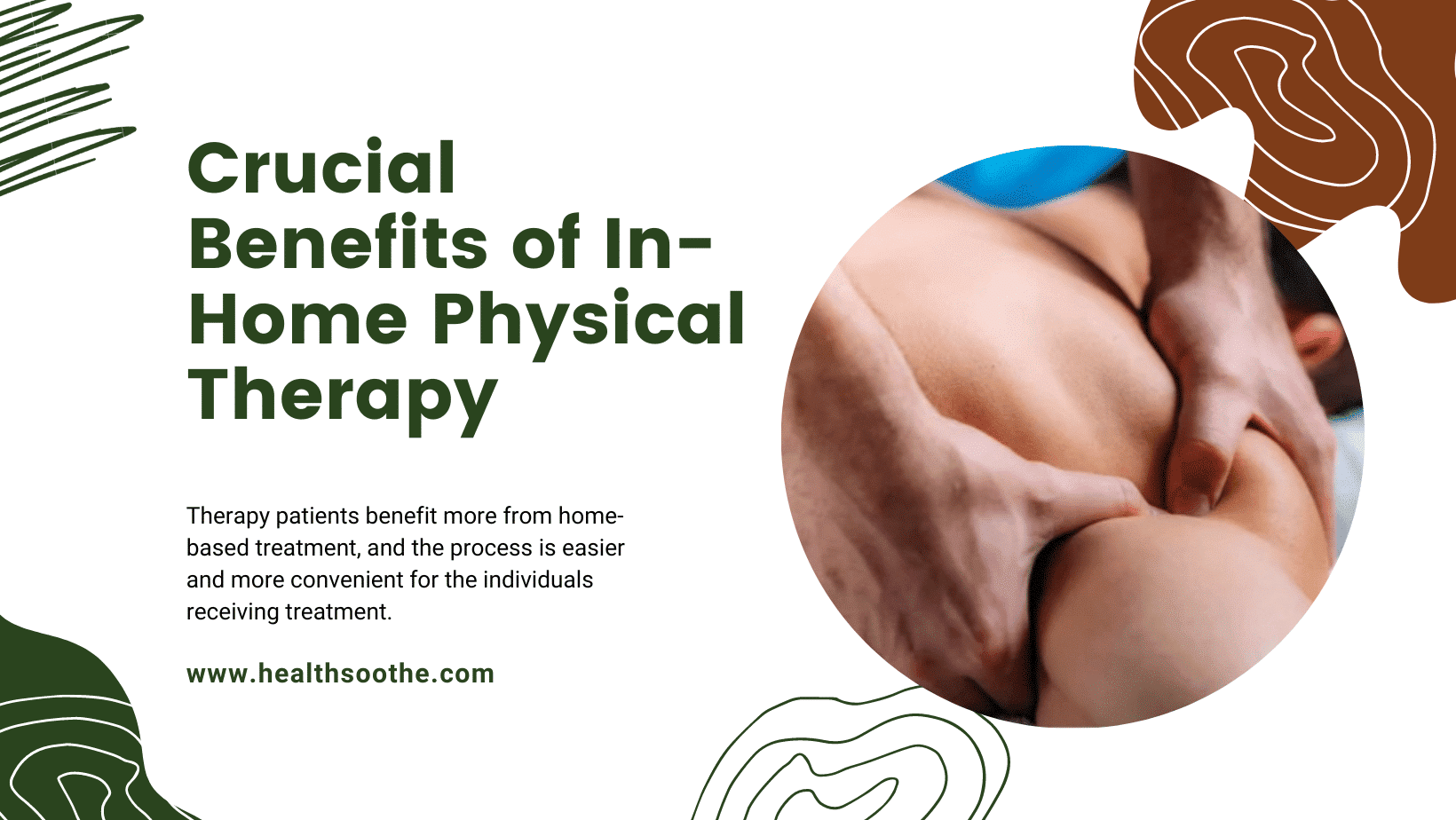Chronic pain can be a debilitating condition that affects millions of people worldwide. It impacts physical capabilities and negatively impacts mental health and overall quality of life. Fortunately, physical therapy offers a noninvasive approach to pain management that can significantly improve your condition. By understanding the role of physical therapy in managing pain, you can make informed decisions about your healthcare options.
Read on to learn how physical therapy can help you find relief from pain.
Understanding Pain and Physical Therapy
Pain is a complex biological response to potential or actual harm to the body, which serves as a protective mechanism. Chronic pain, however, persists long after the initial injury has healed and becomes a health condition in its own right. Physical therapy is a specialized field that helps restore function, improve mobility, and relieve pain through various therapeutic exercises, manual techniques, and modalities.
To learn more about non-invasive treatment options, checking out resources like Primal Physical Therapy would be invaluable. These resources offer insights into how physical therapists can create a client-focused practice emphasizing quality care and effective pain management strategies.
Key Benefits of Physical Therapy for Pain Relief
Physical therapy offers numerous benefits for those struggling with pain. Here’s a closer look at how it can help.
Tailored Therapeutic Exercises
Physical therapists design personalized exercise programs tailored to each patient’s specific needs. These exercises can help strengthen the muscles around the affected area, increase flexibility, and reduce the burden on the painful parts of the body. Strengthening and conditioning through controlled, progressive exercises can significantly alleviate pain and aid quicker recovery.
Manual Therapy Techniques
Manual therapy is a cornerstone of physical therapy that involves hands-on techniques designed to manipulate muscles and joints. The primary goals of manual therapy are to improve blood circulation, reduce muscle tension, and enhance overall mobility, making it an effective treatment for various pain conditions. The techniques commonly used in manual therapy include massage, mobilization, and manipulation. These methods are particularly beneficial for chronic back pain, arthritis, and fibromyalgia, providing relief and improving life quality.
Pain Education and Management
Education is as crucial as physical interventions in managing chronic pain. Physical therapists play a key role in educating patients about the mechanisms of pain, effective prevention strategies for future injuries, and management techniques for existing conditions.
This educational aspect covers learning how pain affects the body and mind, strategies to avoid further injuries and complications, and empowering patients with tools and knowledge to manage their pain at home.
Utilizing Technology and Specialized Equipment
Modern physical therapy uses cutting-edge technology and equipment to enhance treatment efficacy. Tools like ultrasound, electrical stimulation, and laser therapy can relieve pain and facilitate healing. These technologies can help reduce inflammation, improve blood flow, and stimulate the body’s natural healing mechanisms.
Who Can Benefit from Physical Therapy?
Physical therapy extends its benefits beyond aiding individuals recovering from injuries or surgeries. It is a crucial intervention for managing and alleviating symptoms in chronic conditions such as:
Through targeted exercises and therapeutic techniques, physical therapy helps reduce pain, increase mobility, and improve the quality of life for those with these persistent health issues. Additionally, it serves as a preventive measure for elderly individuals who face increased risks of falls due to weakened balance and strength.
By enhancing stability and muscle strength, physical therapy significantly lowers the chances of fall-related injuries, thus mitigating pain and improving overall safety and independence for seniors.
How to Get Started with Physical Therapy
Starting physical therapy typically requires a referral from a primary care provider or a specialist. This process ensures that the treatment aligns with your healthcare needs and specific medical conditions. However, the accessibility of physical therapy has improved significantly due to direct access laws in many states, which allow you to initiate therapy without a referral. This facilitates a more immediate start to treatment, enabling quicker relief and recovery.
The first step involves a comprehensive evaluation conducted by a qualified therapist when beginning physical therapy. This assessment includes:
- Identifying specific areas of pain
- Evaluating the range of motion and movement limitations
- Assessing the overall physical and functional condition
Based on this initial assessment, the physical therapist develops a customized treatment plan tailored to your needs. This plan addresses the identified issues through targeted exercises, therapeutic techniques, and the integration of specialized equipment, ensuring you receive the most effective care for your situation.
Conclusion
Physical therapy is a dynamic and practical approach to managing and relieving pain. It addresses the physical aspects of pain and incorporates a holistic approach to patient education and health promotion. With personalized treatment plans and a focus on patient education, physical therapy can help you regain control of your life and achieve lasting pain relief.

